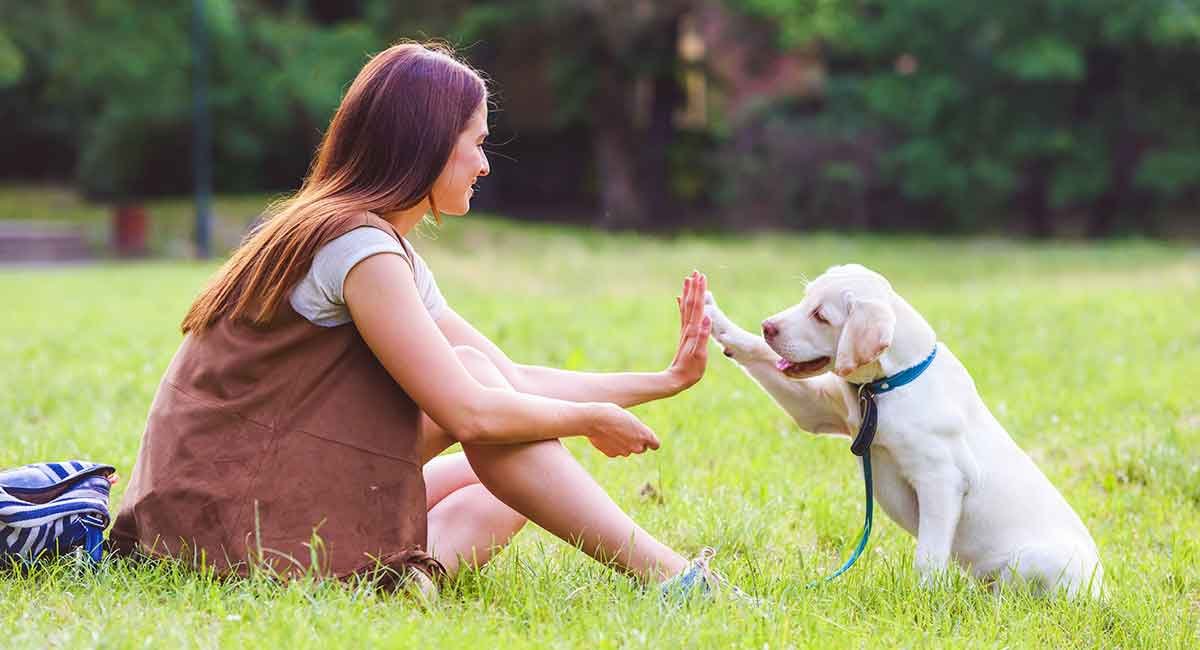The first step to training your dog is learning how to communicate with it. This can be done by understanding canine behavior and the different ways dogs communicate with each other. Once you know what your pup’s body language means, you’ll be able to react appropriately when they’re misbehaving. Meanwhile, there are many ways of training dogs, and those who intend on efficiently doing so may take professional assistance from experts. As such, people may be able to access these experts by searching “train dogs near me“.
What to Do Before You Begin Training
- Make sure you have the right equipment.
- Make sure your dog is healthy.
- Make sure your dog is well-fed and hydrated.
- Make sure your dog has energy for training; this may mean taking a break from training if he’s been on the run or playing with other dogs.
- When you first begin training, ensure it’s in an environment that won’t be excessively distracting to your pup (no TV or loud music, no other animals present, etc.).
Training a Puppy
A puppy will learn more in its first year than at any other point, so it’s essential to start training early. Puppies can be taught basic commands like “sit” and “stay”. They’ll have a better chance of becoming well-behaved if they begin this training when they are young.
So to get started, choose a quiet spot where you can work on these commands one at a time. Sit down with the puppy on your lap or next to you on the floor, then give it a treat when it sits down correctly (make sure it doesn’t sit before giving the pleasure).
Don’t worry if it gets up before sitting again; gently encourage it back into the correct position. And once it does sit properly for his reward, praise positively (“good job!”) and give another treat once or twice more until it gets used to associating treats with sitting on command. Then try giving another order, like “stay”, and repeat these steps until successful!
Training a Stubborn Dog
Being consistent should be your goal when training your dog. It’s essential to make sure that it knows what you want it to do and what you don’t want it to do. For example, if you tell the dog to sit down and it does not respond, then reward it for doing so. And if the dog does not sit down after being told once or twice, then go back a step in training and try again until it works out successfully. Meanwhile, those busy individuals working may surely take professional assistance by looking up “train dogs near me” on the internet.
If a family member asks for something from the dog multiple times but does not get any response from it (e.g., asking for the ball back), then instruct in how it should correct this behaviour by telling exactly what needs changing about their approach so that next time around things will turn out differently (e.g., Say, “give the ball back”).
Why Does Your Dog Pee in the House?
There are many reasons dogs might pee in the house. They could be anxious, stressed, or suffering from a medical condition such as a urinary tract infection. They can also become anxious when they’re left alone and will pee to mark their territory. Meanwhile, some dogs are simply bored and don’t have enough mental stimulation to keep them busy. So, if you aren’t sure what’s causing your dog to urinate inside, speak with your veterinarian about it; they may be able to help you identify the root cause of the problem so you can take appropriate action.
There are many different ways to train a dog, but this article has outlined the most common ones here. Meanwhile, you can teach your dog to do tricks and follow orders or maybe stop chewing on furniture! The key is that you’re consistent in what you’re asking them and don’t give up if things don’t go as planned.
